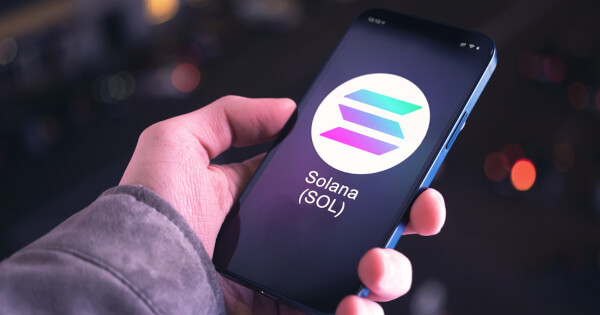
Source: blockchain.news
In an effort to increase both its scalability and reliability, the Helium Network communications protocol has set a target date of March 27 for its transfer to the Solana blockchain and Oracles deployment.
The current iteration of the Helium blockchain will be discontinued on March 27, as stated in a blog post that was published on February 17. This transition time will last twenty-four hours. The operations related to the coverage test and data transmission will not be interrupted in any way. To manage the relocation process, a working committee made up of volunteers from the community is now being organized. The Helium development team issued the following statement about the upcoming update: “This update will include all Helium wallets, access points, and network status. It will take place during a 24-hour transition period beginning around 1500 UTC / 10:00 am ET.”
When the chain is stopped, the validators will not produce new blocks and the transactions will not be synchronized. The company said that after the transfer of all accounts and tokens to the Solana blockchain, a final snapshot of the blockchain will be taken and access points will be created as non-fungible tokens (NFTs). Please note that when the transition time ends, all incentives that were minted as a result of Proof of Coverage actions performed during the previous twenty-four hours can be redeemed for Helium Wallet tokens. Oracles will update current balances that can be claimed, and Hotspot owners will have access to the new claim feature.”
To participate in the upgrade, HNT and MOBILE token holders will not be required to take any further action on their part. The same is true for most Hotspot owners, while large fleet owners can test certain claiming capabilities or design bespoke wallet solutions.
On September 22, the community voted in favor of HIP-70 with an acceptance rate of over eighty percent, making relocation to Solana possible. The developers at the time emphasized that one of the advantages of the move would be an increase in the amount of their native currency that would be accessible to subDAO reward pools, improved mining and more reliable data transmission, and ecosystem support.
Also in September of the previous year, Nova Labs, the company that developed Helium, announced that it had reached an agreement with US telecommunications provider T-Mobile to launch a crypto-enabled mobile service that would allow subscribers to earn crypto rewards for sharing. data on coverage quality and to help identify helium dead spot locations across the country.
Read More at blockchain.news